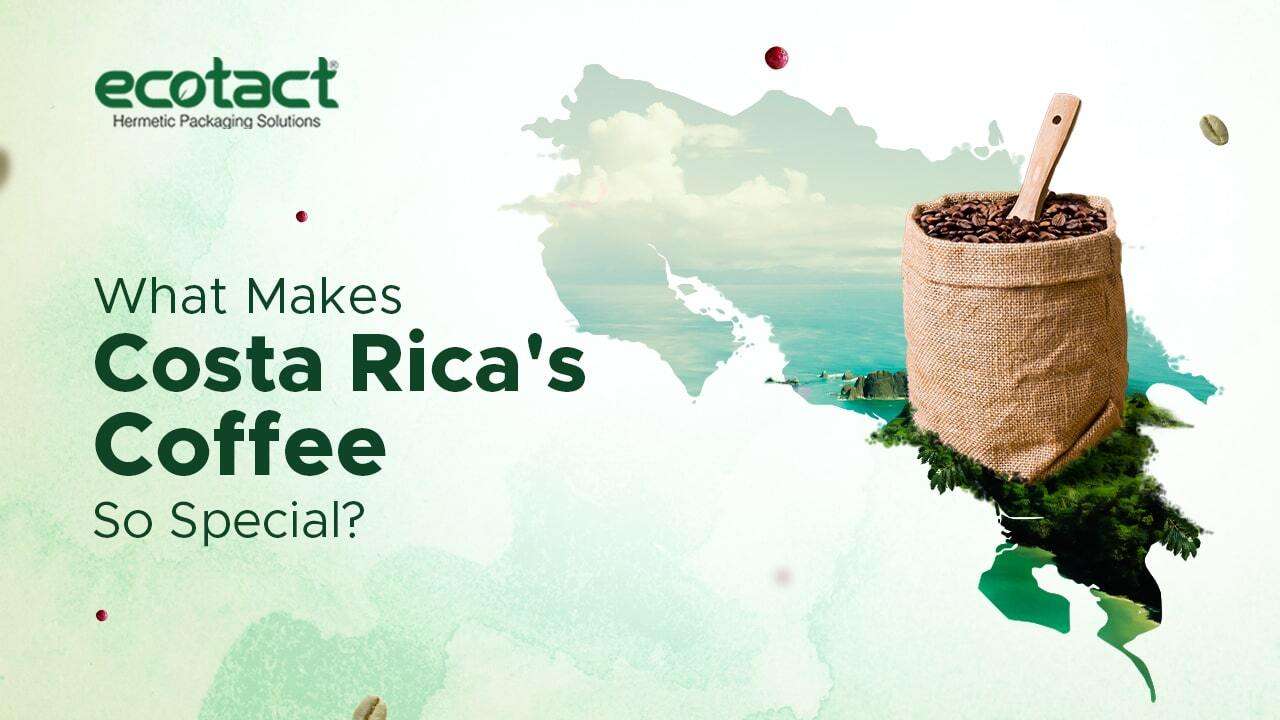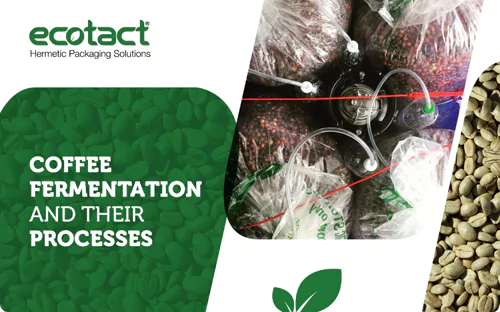Pura Vida!
It’s time to brew the Costa Rican beans. While exploring the world of coffee, one stop you cannot miss is – Costa Rica. Known to be one of the most established and one-of-a-kind coffee, it has been winning customers from all over the world. Eladio Sanabria, Ecotact- Costa Rica, has some great insights on these coffee beans. Read on!
Savoring the flavor profiles of Costa Rican coffee
Let’s delve into the various kinds of coffee produced in the region, shall we? With a wide variety spread across all the regions, the majority 70% is Caturra and Catuai. There is a significant change in the last year as it introduced new varieties that were high in production rates. These include Obata, Marsellesa, Victoria, and San Isidro among others. And of course, the specialty coffee is focused on varieties like Geisha, SL28, Typica, Moka, and others.
Every geographic location across Costa Rica has a certain level of uniqueness and variation in coffee quality at every step in the coffee chain. This solely depends on the climatic conditions of each region.
Guanacaste
Ranging between an altitude of 500 to 1500 meters, the influence of high temperature and dry climate makes the bean long and easy to roast. The coffee beans produce smooth, light-bodied coffee with milk acidity and a neatly defined saltiness with bitter tones.
Brunca
The altitude in this region falls between 750 to 1750 meters. The coffee harvested in the lower and medium areas produces a beverage with an extremely mild flavor profile. Whereas the highlands of Pérez Zeledón and Coto Brus give off complex citrus flavors.
Turrialbla
This region produces coffee that is renowned both in the national and international markets. The altitude is between 500 and 1500 meters, producing coffee that is characterized by mild acidity, a light body along with a soft, delicate aroma.
Orosi
The fertile lands of Orosi Valley and its magnificent climate help grow a smooth coffee, with a cup of balanced acidity, body, and aroma. the influence of the weather results in a large, very homogenous cherry that can appear intensely green or show a bluish tinge.
Central Valley
Usually, the Central Valley cherries produce a very well-balanced cup, in which the consumer can identify chocolaty and fruity tastes, as well as the smell of honey, among others. Extending to Tres Rios (part of the Central Valley), the green coffee exhibits characteristic bluish tones. The beverage presents a very good body that ensures, among other things, a long and pleasant aftertaste. It has a fine and balanced acidity in relation to the sweeter notes.
Los Santos
This region falls at a high altitude that ranges from 1250 and 2000 meters. The cherry is collected and processed in summer, under high daylight temperatures and cold nights. This process, added to a complete ripening, allows the starches within the cherry to concentrate, resulting in a fine cup with flavors of chocolate, orange, vanilla and dried fruit.
West Alley
The coffee flavors range from traditional and highly appreciated chocolate to higher complexities in which sensitive palates detect hints of orange, peach, honey, and vanilla, among others. All of these are associated with meticulous collecting and processing practices. The altitude range in this region falls between 750 and 1750 meters.
Costa Rican Coffee Production
Although, the production in Costa Rica has been decreasing in the last 20 years from over 2.3 million bags to 1.3 million bags currently. According to Eladio Sanabria, Ecotact Costa Rica, the diminution in the number of coffee lands has been rather evident due to rapid development in real estate. Other major reasons include a lack of renovation of coffee plantations, climate change, and economic factors such as an overall increase in the cost of production tools and techniques. While making global comparisons, the production of Costa Rican beans has been positioned in the 14th place consistently. Due to this, coffee companies and regulatory bodies like ICAFE, have been taking initiatives to rectify the causes. But what’s interesting is the focus on Costa Rica coffee aiming towards the emphasis on the quality of beans for added value.
But coffee lovers only get the best of Costa Rica. Farmers and roasters dedicate a large part of their life to ensure a seamless bean-to-cup journey for consumers. The rich and mighty flavor profiles of Costa Rice are ever-ready to be the perfect kick-starters for the day ahead.
Sustainable Solutions for Costa Rican Coffee
To preserve the quality of such carefully produced beans, Ecotact has created packaging assets such as Farmer D’lite and Sterile Vacuum Bags. These innovative yet sustainable choices are designed to ensure that the aroma and taste of coffee beans are farm-fresh. These sturdy recyclable bags prevent the attack of moisture and high temperature on the beans. While experimentation has an important role to play, the focus for Costa Rican coffee producers has been on maximizing the flavors available from existing varieties and methods through meticulous attention to basic quality improvement at all stages of the production chain. By pursuing excellence in the fundamentals of packaging choices like Ecotact innovation, Costa Rica can truly establish itself as a world leader in premium coffee.
 English
English
 Spanish
Spanish French
French


